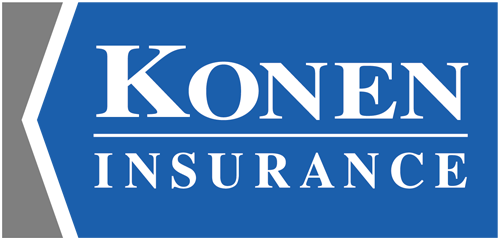Total Cost of Risk (TCOR) can be an elusive term. What is it? How do you measure it?
TCOR consists of two parts: Direct and indirect costs. Direct costs are front and center and tend to be easy to measure. Indirect costs are harder to quantify, but still, are a very important part of the equation.
Direct Costs:
- Insurance Premium: One of the most visible direct costs is your premium.
- Deductible: Losses that are less than your deductible and in which you did not file a claim should be included. Likewise, you should include the deductible in TCOR calculations for losses and claims above and beyond your deductible, as it reduces claim payments.
- Uninsured Claims: Losses and claims not covered by insurance are apart of the equation whether it was intentional or an unforeseen business decision.
- Loss Control and Safety Expenses: Money spent on loss control services and safety equipment – employees require helmets, safety glasses, etc. Is there a budget for these items and services?
- Fines and penalties: When OSHA knocks on your door and slaps you with a fine, that is added into TCOR. Could that fine have been avoided?
Indirect Costs:
- Employee morale: Indirect costs are hard to quantify. Loss of productivity after an injury or accident can hurt production and the bottom line.
- Administration Costs: The time it takes you and your employees to administer your insurance and handle claims. For example, you call your insurance provider for a certificate of insurance. Do you have to call several times? Do you call once, but it takes 3 days to receive it? This can affect project progress or prevent you from being allowed on a job.
- Brand: Reputation is very difficult to measure. You could lose your reputation after a claim. Brand reputation could be anywhere from 40% to 75% of a business’s value.
When measuring TCOR time periods are an important factor to consider. Use multiple years to develop an average or baseline. For example, a five-year time period can be used. If you have one bad year it may cause panic. However, considering the four good years paints a much better picture. What can be done differently to avoid a similarly bad year?
If you’re only focusing on insurance premiums you’re missing out on the bigger picture. Just like premiums, direct and indirect costs can be controlled. And remember your insurance advisor here at Konen is always here to help answer questions or walk you through the steps.
